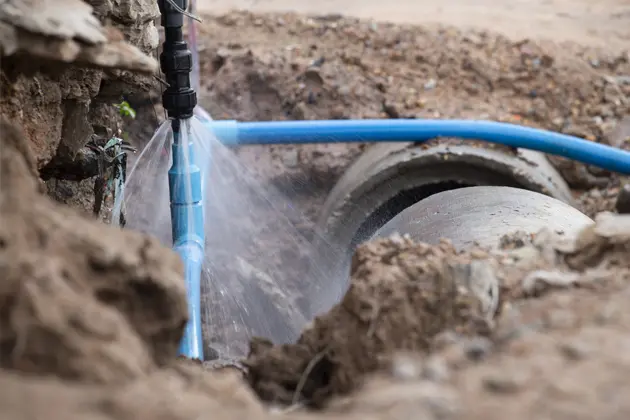The underground water pipelines are an important aspect in municipalities, agriculture, and industries; on the other hand, they have tendencies of developing leakages that can take years to be noticed. These leakages not only result in wastage of valuable water but also lead to soil erosion, collapse, and increased operational costs. Detection and fixing leakage in underground pipelines require strong integration of advanced technology with proactive maintenance and strategic planning. The common component in these systems, a ball valve, becomes vital in regulating the water flow and, in some instances, isolating sections of the pipeline during repairs.
Advanced Leak Detection Technologies
Modern leak detection methods have completely revolutionized the way leaks in underground pipelines are detected. Acoustic sensors, for example, trace the sound of water escaping from a pipe, even if it is deeply underground. GPR and infrared thermography are some other methods of locating leaks since they reveal variations in soil composition or temperature, which indicate water leakage. Satellite-based monitoring systems analyze large areas for signs of water loss, making them suitable for the detection of leaks in extensive pipeline networks. These technologies thus allow utilities and industries to accurately locate leaks, avoiding much digging.
Pressure Monitoring for Leak Detection
Pressure monitoring is one other useful approach to detecting leaks in buried water pipelines. A sudden decline in pressure within a pipeline can be an indication of a leak since water escapes and reduces the overall pressure of the system. With a set of pressure sensors installed at strategic points along the pipeline, operators can rapidly locate any anomaly and investigate for leaks. This approach is especially useful on extension networks where manual inspections would be far too time-consuming and expensive. Regular pressure testing can also pick out weak points in the pipeline before they develop into major leaks. Strategically placed ball valves can be used to isolate sections of the pipeline, allowing for more precise pressure monitoring and easier leak detection in specific areas.
Proactive Maintenance and Pipeline Inspections
Preventive maintenance is paramount in minimizing leaks within underground water pipelines. A system could periodically crawl the inside of a pipeline to inspect the inner surface with robots or cameras for minute cracks, corrosion, and other forms of potential leakage. In addition, cleaning sediment and debris will prevent blockages from developing that raise the pressure on and use within the system. This type of maintenance will help operators extend the in-service life of their pipelines while minimizing the likelihood of costly repairs.
Repairing Leaks with Minimal Disturbance
Once a leak has been located, the work of effecting repairs with as little disruption in the surrounding area as possible gets underway. Trenchless repair options such as pipe lining and pipe bursting allow operators to perform leak repairs with limited excavation of the ground overlying the pipework. By inserting a resin-coated liner into the pipework, lining cures by forming a hard, leak-resistant inner skin within the old piping. Pipe bursting, on the other hand, is a technique wherein the old pipe is broken up and a new one is pulled into place. These methods are much quicker and economical compared to traditional excavation techniques.
Importance of Training and Preparedness
It also depends on the proficiency and preparedness of the personnel involved in detection and repair. Training of staff on advanced equipment for detection and technologies related to repairs secures quicker turnarounds for the leaks. The development of an all-encompassing emergency response plan further hastens the repair processes, reducing water loss and downtime. By doing so, training and preparedness are usually valuable means by which an organization tries to protect the pipeline infrastructure and a guaranteed supply of water to the communities or operations.
Leak detection and repairs in underground pipelines are challenging and yet important rounds of efficient, sustainable water systems. Equipped with advanced technologies, proactive maintenance, and competent personnel, operators can detect leaks and fix them before they pose any substantial harm. With Leak Detection and Repairs prioritized, industries and municipalities can be able to save water, minimize costs, and protect the environment for future use.










